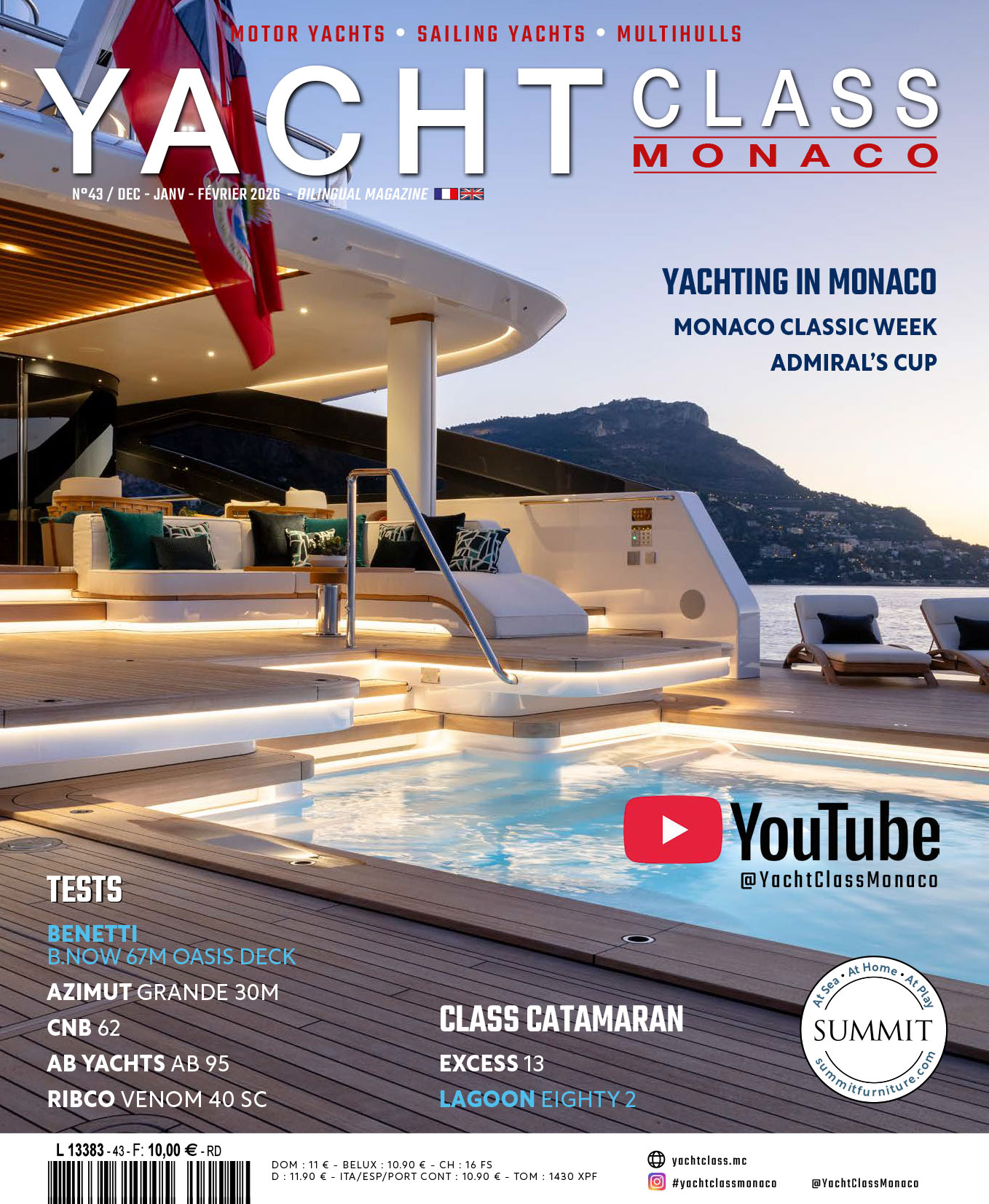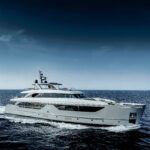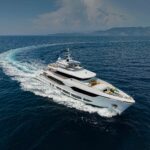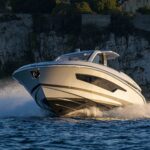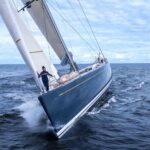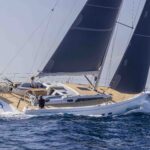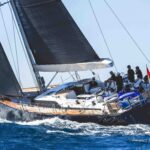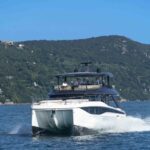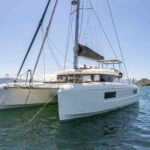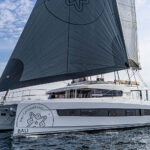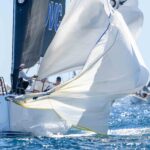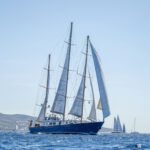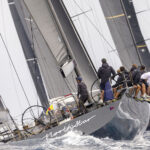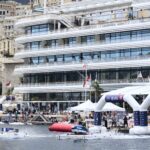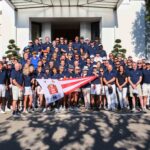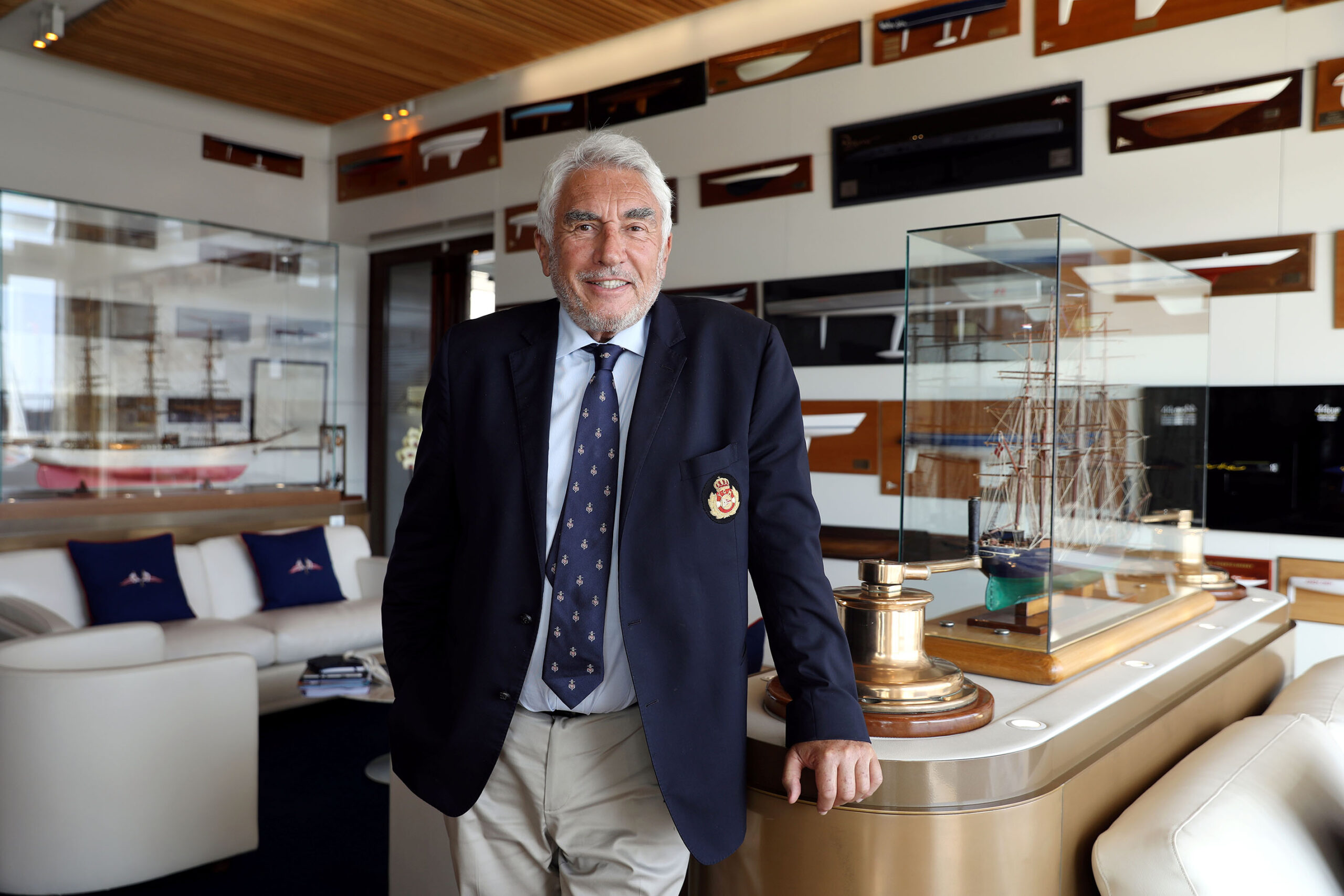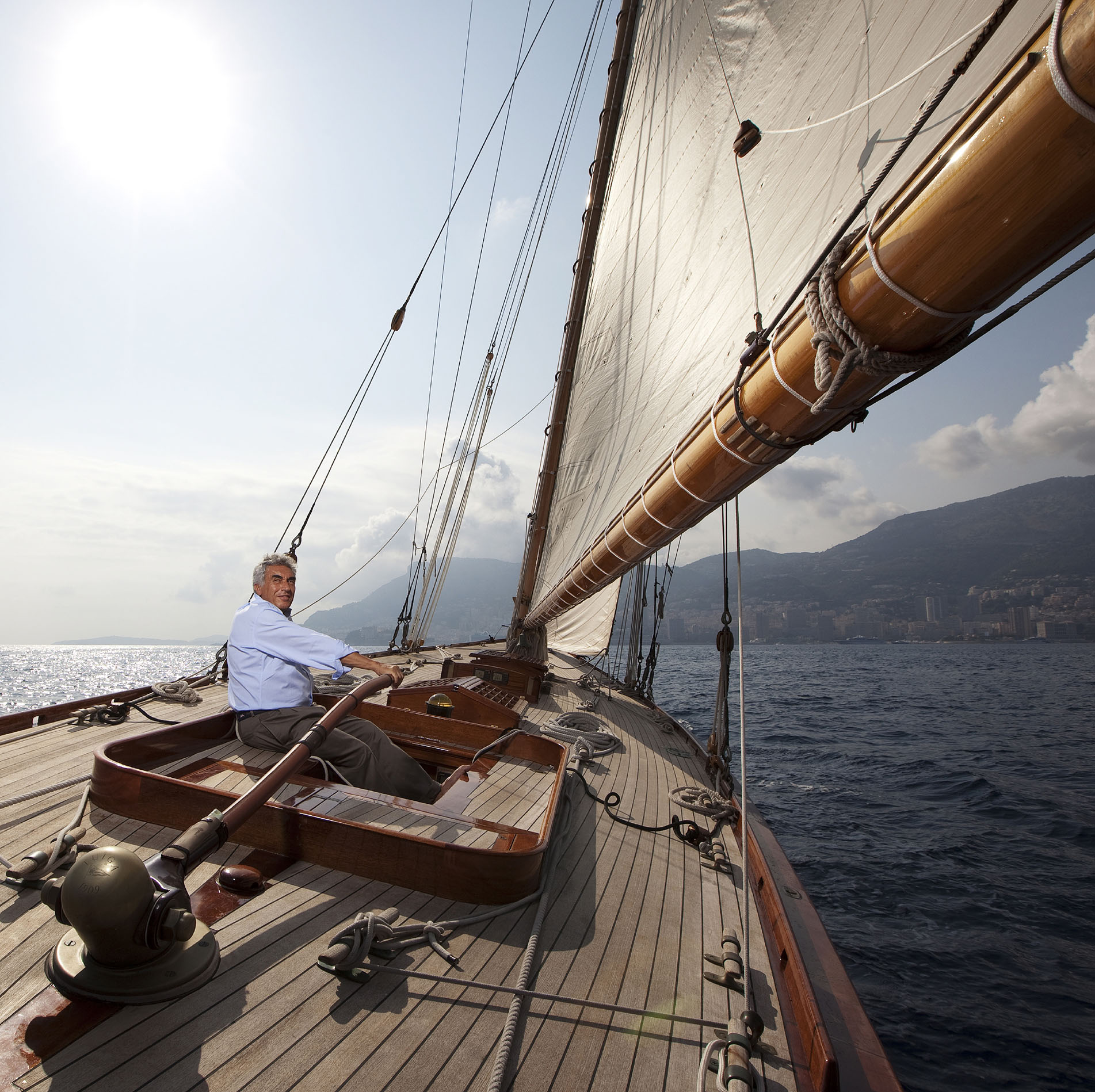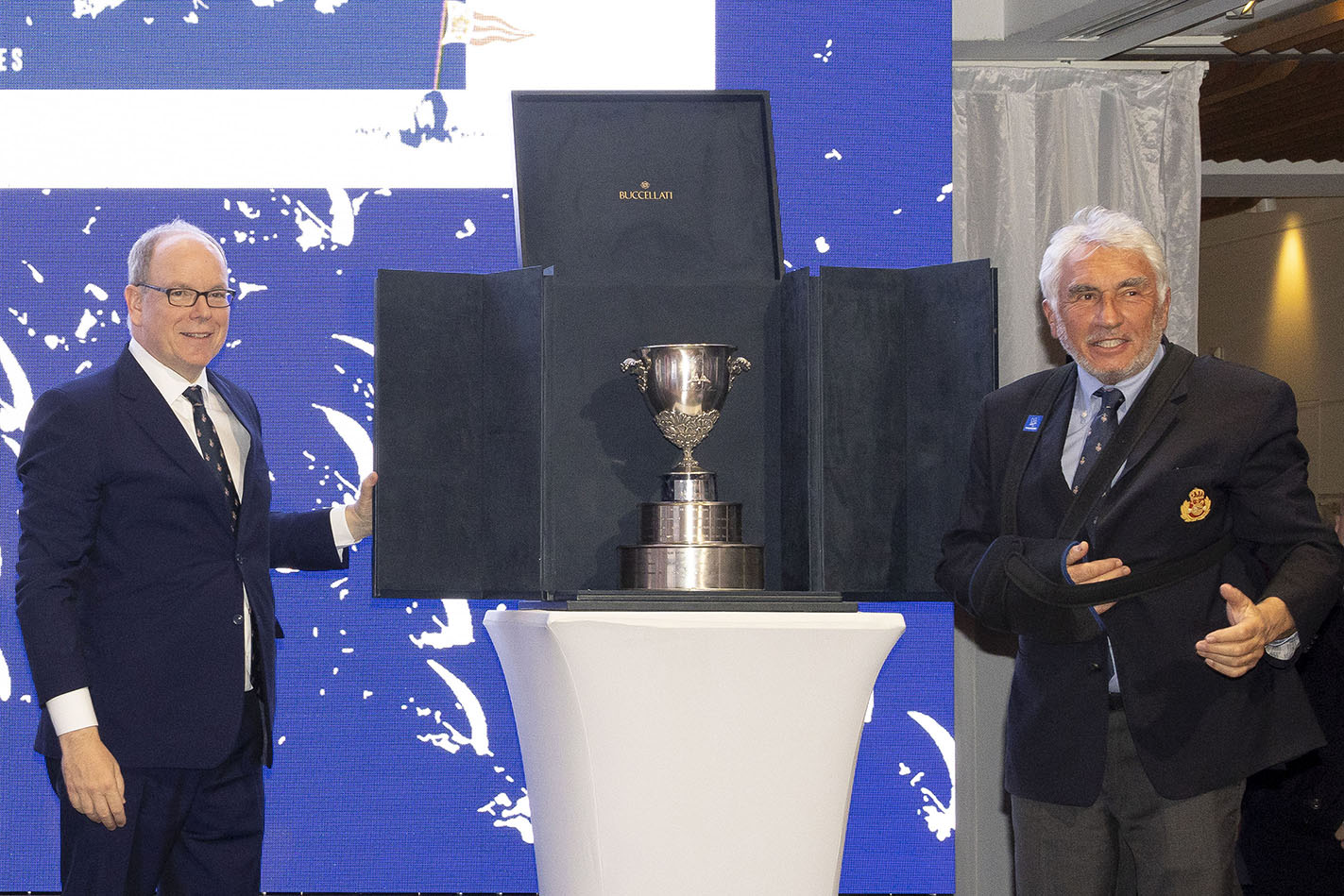YACHT Class n° 37 (june-july-august 2024)
Interview Bernard d’Allessandri
A member of the club since 1976, Bernard d’Alessandri, Secretary and General Manager of the Yacht Club de Monaco (YCM), has been involved in all the events of the Primo Cup, which has become a not-to-be-missed event at the start of the season for many one-design classes. He talks to us about its creation and its tremendous development.
You joined the club in 1976, so you have been involved in every edition of the Primo Cup. Can you tell us about the creation of the competition and its concept?
It was created in 1985, at the instigation of HSH Prince Albert II, who had just taken over the presidency of the Yacht Club de Monaco (YCM). Over the years, the Primo Cup has established itself as the start of the Mediterranean season for Europe’s one-design elite, which means that all the competitors use the same model of boat. Each crew competes with a boat that is identical to the others, placing the emphasis on the skills of the sailors rather than differences in boat design or performance. This approach aims to promote fairer competition and to emphasise the skill of the sailors rather than the advantages of the technical characteristics of the boats. With 4,400 classified boats, 1,100 starts, 200 days of sailing, 20,500 sailors and 44 series, the event has become a benchmark.
What memories do you have of the first edition?
The first edition dates back to early 1985. From 27 January to 10 February, the Yacht Club organised a new event in conjunction with the Var Mer sailing club in Saint-Laurent-du-Var. The idea was to kick off the regatta season by organising a coastal race for live-aboard yachts between the two ports. This is how the “Voiles en Février” event was born, and it was an instant success. From 1987 onwards, the event took place on triangular courses and in one-designs, and took the name of “Primo Cup”. By 1988, the event had grown to 88 boats and had become a classic.
Today, the regatta is the biggest gathering of one-design boats in Europe. How do you explain this success?
I think it is important to retain the series that have made one-design sailing such a success, while remaining open-minded. L30, Onefly, Longtze Premier (…), many series have chosen Monaco for their trial run. The fact that the Primo Cup maintains its reputation as an innovative event that is open to new classes appeals to many sailors.
Every year, the world’s sailing elite are also present. How do the sailors view the Primo Cup?
There are amateurs, but there are also established champions, who have come to prepare their physical condition, meet up with friends and get to know the young guard. There are those from the Vendée Globe, Jean-Pierre Dick from Nice, Kito de Pavant, Michel Desjoyeaux, Jean Le Cam, sailors from the Tour de France à la Voile, Figaro sailors, and renowned sailors like Sébastien Josse, Grant Dalton, Ray Davies, Franck Cammas, John Kostecki, Enrico Chieffi, Flavio Favini, Marcus Hutchinson, Will Ryan… I think they all enjoy getting together in the middle of winter, in a friendly, international atmosphere.
The competition featured various one-design classes (Etchells, Surprise, Melges 32, Farr 30, J24, Platu 25, Esse 850… ) How were these chosen?
There must always be a minimum number of competitors (8 boats) in each participating series. The boats must also be one-designs, meaning that they are all built to the same hull and rigging plans, and to precise specifications in order to obtain identical boats. The crews are thus distinguished by their racing skills.
A number of series have had their first sea trials in the Primo Cup, and Monaco has even been a testing ground for boat builders?
The Primo Cup has indeed become a real test bed for designers and builders, who preview their boats in competition in Monaco, as they have done in recent years with SB 20s, JOD 35s and Longtze Premiers. From the outset, our aim has been to support and promote high-level racing exclusively on one-design boats, putting all crews on an equal footing.
What were the key series and why?
Numerous series have made the event a not-to-be-missed event. Among them, the J/70s have left their mark on the regatta’s history, with nearly 400 boats having sailed through Monaco over 10 editions. This class is also very popular with Monegasque sailors, with around twenty crews making up the largest J/70 fleet in the Mediterranean. In the same spirit, the emblematic Surprise series came to Monaco to race 29 times, represented by more than 700 boats. The J/24s were also a highlight of the event, with 27 participations and a fleet of over 450 boats.
Was there a particular edition that stood out for you? And/or a memory?
I cannot think of one in particular. They all stand out and they are all new. There are editions where exceptional sailors walk the quays, editions where innovations redistribute the cards, others where the number of crews explodes records… Each vintage is unique and seduces its public. But I shall always remember the editions where the snow came to the party. The very next day, the racers were sailing on a sunny stretch of water surrounded by snow-capped peaks. It obviously creates some postcard memories.
For a long time, the Primo Cup was held over two weekends. Why is this? Is this proof of the event’s success? What prompted the decision to go back to a single weekend?
Historically, the Primo Cup was held over two weekends for all series. But we decided to reduce the event to a single weekend at the request of the competitors, many of whom are amateurs. This made it easier for them to come in terms of organisation and travel costs. The idea is to constantly listen to the competitors.
The YCM moved to the Paquebot ten years ago. Has this enabled the competition to take on a new dimension?
With this new building, we have had the structure to offer a real regatta programme for international crews, who have been able to establish their winter base in Monaco, notably by taking part in the Monaco Sportsboat Winter Series. This circuit concludes each year with the Primo Cup. Today, we can count on the presence of teams from all over the world, demonstrating our desire to open up to the international scene.
